What to Order at a Chinese Restaurant for a Healthy Meal: Top Picks for Health-Conscious Diners
- Understanding Healthy Chinese Cuisine
- Best Healthy Chinese Dishes to Order
- How to Make Healthier Choices at a Chinese Restaurant
- Common Ingredients to Avoid for Healthier Meals
- The Growing Influence of Healthy Chinese Food
1. Understanding Healthy Chinese Cuisine
Traditional Chinese cuisine is known for its balance of flavors, textures, and ingredients. While many dishes in Chinese restaurants are rich in flavors, they can be surprisingly healthy if chosen wisely. Chinese meals often emphasize vegetables, lean proteins like chicken and fish, and a balance of carbohydrates. The key to a healthy meal lies in the cooking methods and the type of ingredients used.
Health-conscious diners often look for dishes that are steamed, stir-fried, or boiled rather than deep-fried. Additionally, Chinese cuisine is known for its emphasis on fresh herbs, like ginger, garlic, and green onions, which not only enhance flavor but also offer numerous health benefits. The philosophy behind Chinese food often aligns with promoting overall well-being by focusing on balance and moderation.
2. Best Healthy Chinese Dishes to Order
When dining at a Chinese restaurant, there are plenty of healthy options that cater to different tastes and dietary preferences. Here are some of the best dishes you can order for a nutritious meal:
- Steamed Fish: A classic dish in Chinese cuisine, steamed fish is often cooked with ginger, garlic, and scallions, creating a flavorful yet low-calorie meal. Fish is high in protein and omega-3 fatty acids, making it a great choice for a healthy diet.
- Kung Pao Chicken (Lightly Stir-Fried): While Kung Pao chicken is often stir-fried, you can request it to be lightly stir-fried with less oil for a healthier option. It’s packed with lean protein from chicken and vegetables, and the peanuts add a nice crunch without being overly indulgent.
- Vegetable Stir-Fry: Stir-fried vegetables, especially those made with a variety of seasonal greens like bok choy, spinach, and broccoli, are some of the healthiest options on any Chinese menu. These vegetables are rich in vitamins, minerals, and fiber, making them an excellent choice for any meal.
- Mapo Tofu (with Less Oil): Tofu is an excellent source of plant-based protein and can be a great addition to your meal. Order Mapo Tofu with less oil to keep it healthier while still enjoying the rich, spicy flavors that make this dish so popular.
- Hot and Sour Soup: This soup is low in calories and packed with flavorful ingredients like mushrooms, tofu, and bamboo shoots. It’s a great starter to a healthy Chinese meal, offering antioxidants and a satisfying taste without too many calories.
3. How to Make Healthier Choices at a Chinese Restaurant
Making healthier choices at a Chinese restaurant doesn’t have to be complicated. Here are some simple tips to help you order a nutritious meal:
- Request Steaming or Grilling: Many dishes in Chinese restaurants are deep-fried or pan-fried, which can add unnecessary calories. Request dishes to be steamed or grilled instead to reduce fat and calorie content.
- Choose Sauces on the Side: Chinese food is often served with flavorful sauces, but these can sometimes be high in sugar and sodium. Ask for sauces to be served on the side so you can control how much you use.
- Limit Fried Foods: While fried rice and spring rolls may be tempting, they’re typically high in fat and calories. Opt for steamed rice or skip the deep-fried appetizers altogether.
- Embrace the Vegetables: Chinese cuisine offers a wide variety of vegetable-based dishes. Fill your plate with vegetables like bok choy, eggplant, and mushrooms for a low-calorie, nutrient-packed meal.
- Watch Portion Sizes: Chinese restaurant portions can be large, so consider sharing dishes with others or taking home leftovers. This way, you can enjoy the food without overeating.
4. Common Ingredients to Avoid for Healthier Meals
While Chinese cuisine offers many healthy choices, there are a few ingredients and cooking methods to be cautious of:
- MSG: Monosodium glutamate (MSG) is a flavor enhancer commonly used in Chinese restaurants. While considered safe by the FDA, some people prefer to avoid it due to sensitivities. Ask for your food to be prepared without MSG if you're concerned.
- Sweet Sauces: Sweet and sticky sauces like General Tso’s sauce or sweet and sour sauce can add a lot of sugar to your meal. These sauces are often high in calories and can turn a healthy dish into a sugary indulgence.
- Excessive Oil: Some Chinese dishes can be cooked with a lot of oil, especially stir-fried items. While oil is a necessary part of cooking, too much can add unnecessary calories. Ask for less oil or choose steaming as a cooking method.
5. The Growing Influence of Healthy Chinese Food
As more people adopt health-conscious diets, the demand for healthy Chinese food is growing. Many restaurants are now offering lighter versions of traditional dishes, with less oil and sugar, and more vegetable-based options. This shift is particularly evident in the rise of “modern Chinese cuisine,” which blends traditional techniques with contemporary dietary needs, such as gluten-free and low-sodium options.
As consumers become more aware of the health benefits of Chinese food, restaurants are stepping up to meet these demands. This means healthier and more delicious options are available for anyone looking to enjoy Chinese cuisine while keeping their meal nutritious and satisfying.
Ready to enjoy a healthy and delicious Chinese meal? Explore a wide range of health-conscious options at your local Chinese restaurant or visit GoChinaRose to discover the best healthy Chinese dishes available near you.


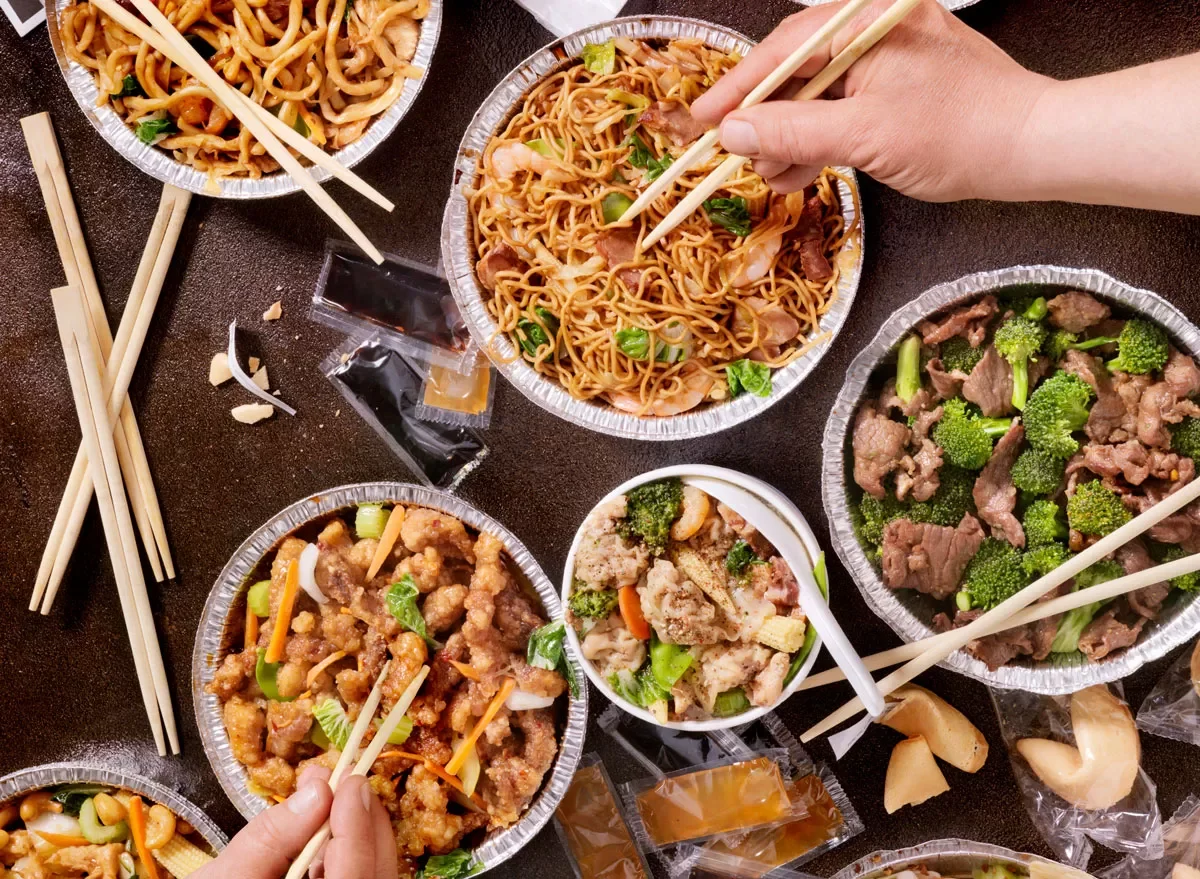
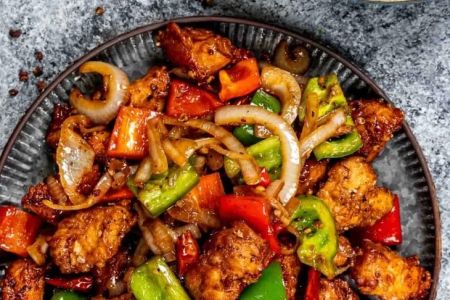
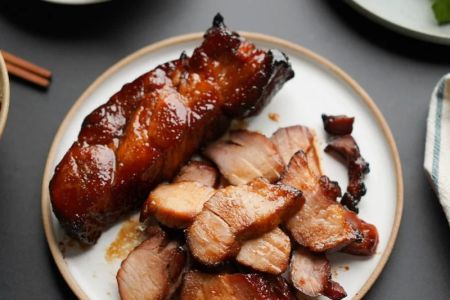
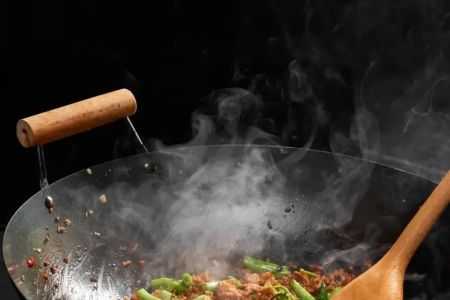
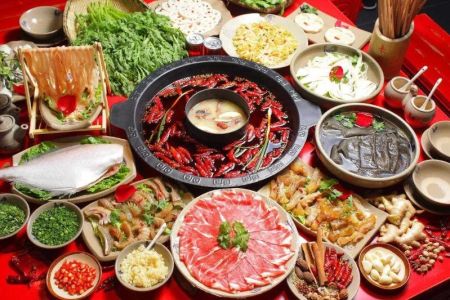
![Top Chinese Restaurants for Authentic Cantonese Cuisine in [Your City]](https://img.gochinarose.com/d33/2507/4157910400_450x300.webp)
